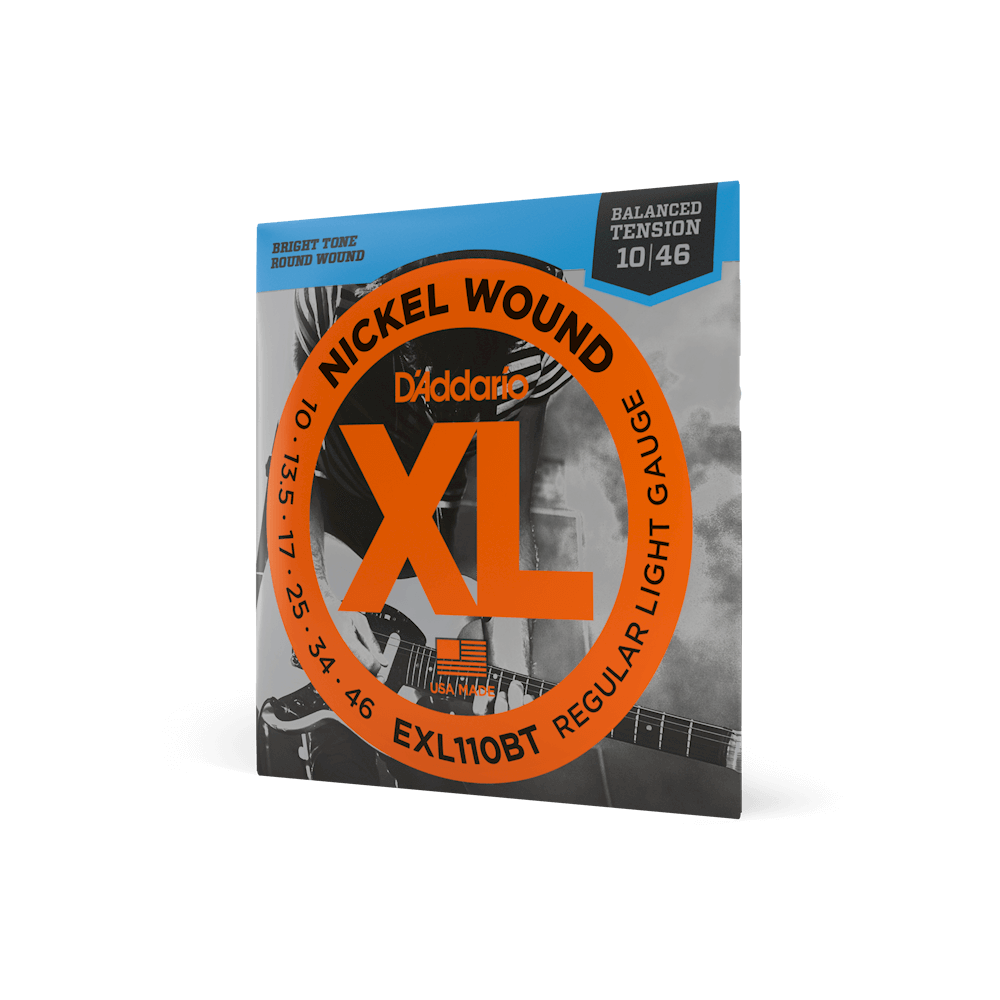
Turn Your Blanket Off Overnight: Turn it off when you get in bed or use a timer (some blankets have one built-in), but don’t leave it on for a prolonged period or overnight.If you do have an electric blanket and are enjoying the benefits of climbing into a warm and snuggly bed, here are some recommendations for keeping things safe. Further, if the blanket gets too warm, the temperature can interrupt sleep and throw off your circadian rhythm. In addition to cancer risks, there are also links to decreased fertility in men and problems with pregnancy for women. Exposure to prolonged electromagnetic waves produced when the blanket is on are potentially carcinogenic according to the National Cancer Institute. Companies like State Farm have safety tips on their websites, and advocate for no overnight usage. This can cause overheating, sparks, and fires.Įlectric Blankets are still seen as a fire hazard by insurance agencies. The tiny wires that heat the blanket need careful handling, and it is easy for them to crimp. 04 % of total home fires annually being attributed to electric blankets, they still do cause fires. The big question is, “Are electric blankets safe to sleep with?” Although the risk of fire has decreased, with only. Over time, they have been installed with better temperature controls and shut off devices, making heated blankets much less of a fire hazard.

Two blankets or pieces of fabric are sewn together like a quilt with heat coils running in-between. What Is An Electric Blanket?Īn electric blanket is really structured more like a quilt than a blanket. Its popularity throughout the 20th and into the 21st century has ebbed and flowed, with the electric blanket being continually upgraded as technology has progressed. A more comfortable version of the blanket came out in the 1930’s, and sales took off after WWII. It was originally designed to be used as a bottom layer, verses on top as it is now. The electric blanket was invented in the early 1900’s, circa 1912.

By the late 1800’s the hot water bottle was in use, made from rubber and covered with cloth.

There were also beds constructed with small fire pits built into the middle of the frame. The Renaissance and Victorian eras saw the use of more developed and ornate bed warmers: a metal covered pan on a long handle was filled with coals from the fire and placed in the bed. During medieval times, stones were heated in the fire and placed at the bottom of beds. Humans have sought to warm up the bed for centuries.


 0 kommentar(er)
0 kommentar(er)
